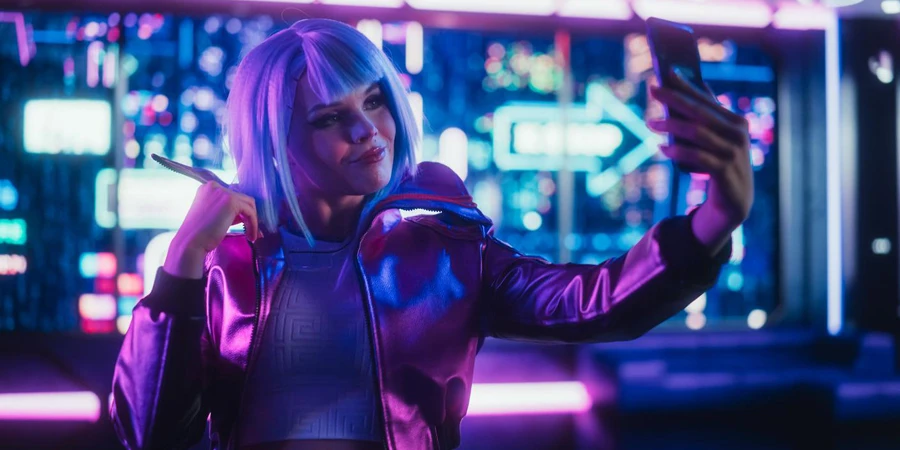In the ever-evolving landscape of social media marketing, a new player has emerged: the digital persona influencer. These computer-generated characters, powered by artificial intelligence, are reshaping how brands connect with audiences online. As we delve into this cutting-edge trend, we’ll explore how these virtual personalities are not just a fleeting novelty, but a transformative force in the world of digital marketing.
Table of Contents
● The technology behind AI influencers
● Advantages of AI influencers
● Challenges and limitations
● The coexistence of digital persona and human influencers
● Case studies: Successful digital persona influencer campaigns
● The future of AI influencers
The technology behind AI influencers
Digital persona influencers represent a fascinating convergence of multiple technologies, each playing a crucial role in creating lifelike virtual personalities that can engage with audiences across social media platforms.
Artificial Intelligence and Machine Learning
At the core of AI influencers lies sophisticated AI and machine learning algorithms. These technologies enable virtual influencers to analyze vast amounts of data, learn from interactions, and generate human-like responses. According to Shopify, this AI-driven approach allows digital personas to maintain consistent engagement with followers, adapting their communication style and content to match audience preferences and trends.
Computer-Generated Imagery (CGI)
The visual aspect of AI influencers is brought to life through advanced CGI techniques. This technology creates photorealistic images and videos of virtual characters, making them visually indistinguishable from human influencers in many cases. The ability to manipulate and control every aspect of a digital persona’s appearance offers unprecedented flexibility for brands in crafting the perfect ambassador for their products or services.
Natural Language Processing
Natural Language Processing (NLP) is the technology that enables AI influencers to understand and generate human-like text. This allows them to engage in conversations, respond to comments, and create captions that feel authentic and relatable. The continuous advancements in NLP are making these interactions increasingly sophisticated, blurring the line between human and AI-generated content.
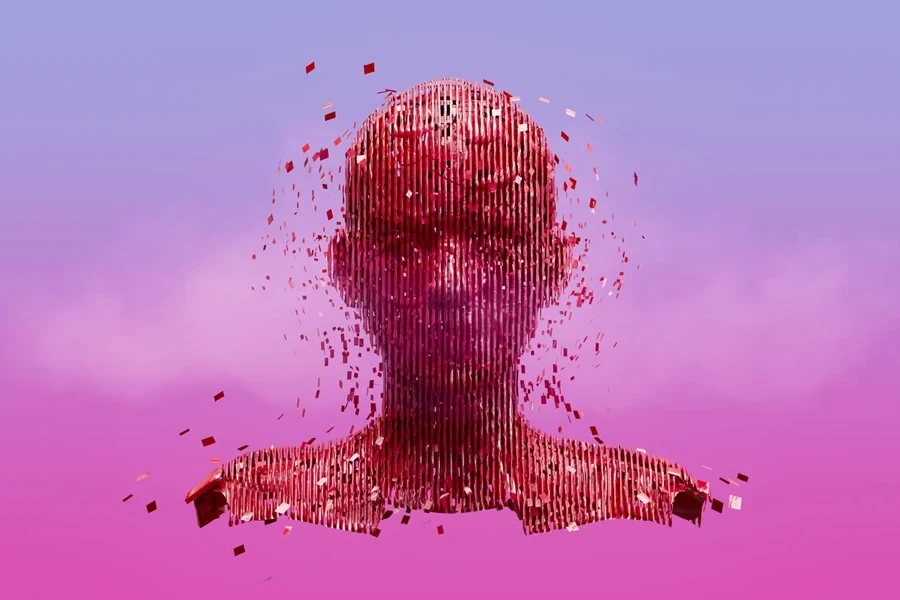
Advantages of AI influencers
The rise of AI influencers brings several unique advantages to the table, offering brands new opportunities to enhance their marketing strategies and engage with audiences in innovative ways.
24/7 Availability and Scalability
One of the most significant advantages of AI influencers is their round-the-clock availability. Unlike human influencers, these AI-powered entities can interact with followers at any time, across multiple time zones. According to Shopify, this constant presence allows brands to maintain consistent engagement and respond to audience inquiries promptly, potentially leading to higher conversion rates and improved customer satisfaction.
Moreover, digital personas can be easily scaled to appear in multiple places simultaneously. This scalability enables brands to reach diverse audience segments concurrently, maximizing their marketing efforts without the limitations of human influencers’ physical presence.
Brand Control and Consistency
Digital persona influencers offer unprecedented control over brand messaging and image. Unlike human influencers who may deviate from script or have personal controversies, virtual influencers can be programmed to consistently align with brand values and guidelines. This level of control minimizes the risk of off-brand behavior or messaging, ensuring that every interaction reinforces the desired brand image.
Furthermore, digital personas can maintain a consistent appearance and personality over time, unaffected by aging or personal life changes. This consistency can be particularly valuable for long-term brand campaigns and partnerships.
Cost-Effectiveness in the Long Run
While the initial investment in creating a digital persona influencer may be substantial, they can prove to be more cost-effective in the long term. According to Shopify, the global AI influencer market size was valued at $4.6 billion in 2022 and is projected to reach $25.1 billion by 2032, growing at a CAGR of 18.5%. This growth suggests that brands are recognizing the potential return on investment.
Digital personas eliminate ongoing costs associated with human influencers, such as travel expenses, accommodation, and personal appearance fees. They can also work tirelessly without breaks, potentially generating more content and engagement per dollar spent. Additionally, as the technology becomes more accessible and refined, the cost of creating and maintaining digital influencers is likely to decrease, making them an increasingly attractive option for brands of all sizes.
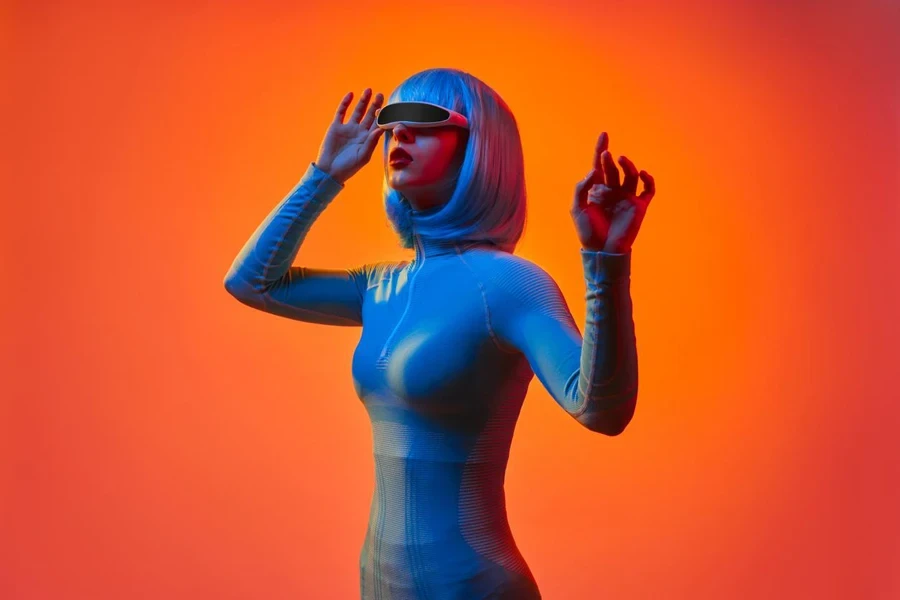
Challenges and Limitations
While AI influencers offer numerous advantages, they also face several challenges and limitations that brands must consider when incorporating them into their marketing strategies.
Authenticity and Emotional Connection
One of the primary challenges faced by AI influencers is the struggle to establish authentic connections with their audience. According to Emplifi, it can be difficult for users to relate to a non-human, forever-young persona with a fabricated life story. This lack of authenticity can lead to a deficit in trust, particularly as virtual influencers have never genuinely experienced the products they recommend.
Moreover, as highlighted by Animost Studio, virtual influencers often struggle to generate genuine emotional appeal. Without real-life experiences and emotions, they find it challenging to connect with audiences on a deep, personal level. This limitation can hinder their ability to foster strong emotional bonds, which are crucial in influencer marketing where authenticity and relatability play significant roles in engaging and retaining audiences.

Ethical Considerations and Transparency
Transparency is a major concern when it comes to AI influencers. As reported by Frontiers in Communication, the inherent lack of autonomy in virtual influencers raises ethical questions. Since their actions are strictly controlled by their creators, there’s a need for accountability and transparency regarding who is actually exercising influence through these digital personas.
The GoHighLevel blog notes that if creators of virtual influencers and brands aren’t transparent about the digital nature of the influencer, it can lead to trust issues and backlash from their audience. This is particularly important as AI technology improves and the line between virtual reality and reality becomes increasingly blurred.
Unrealistic Standards and Societal Impact
Digital persona influencers can potentially contribute to unrealistic body and life standards. Emplifi points out that these computer-generated visuals compound the phenomenon of highly edited, idealized content on social media. This can add pressure, particularly on young people and marginalized groups, to meet unreasonably high standards portrayed online.
Furthermore, as these virtual influencers gain popularity, there’s a risk of them setting unrealistic expectations for human influencers and everyday social media users. This could potentially exacerbate existing issues related to social media and mental health.

The Coexistence of Digital Persona and Human Influencers
As AI influencers gain traction in the marketing world, it’s important to recognize that they are not meant to replace human influencers entirely. Instead, we’re witnessing an evolving landscape where both can coexist and complement each other’s strengths.
Complementary Strengths
Digital persona influencers excel in areas where human influencers might face limitations. For instance, they can maintain a consistent brand image, work around the clock, and appear in multiple places simultaneously. According to Shopify, virtual influencers can offer nearly three times the engagement rates of real influencers, making them particularly effective for certain types of campaigns.
On the other hand, human influencers bring authenticity, real-life experiences, and emotional connections that digital personas may struggle to replicate. They can provide genuine product testimonials and create content that resonates on a more personal level with their audience.
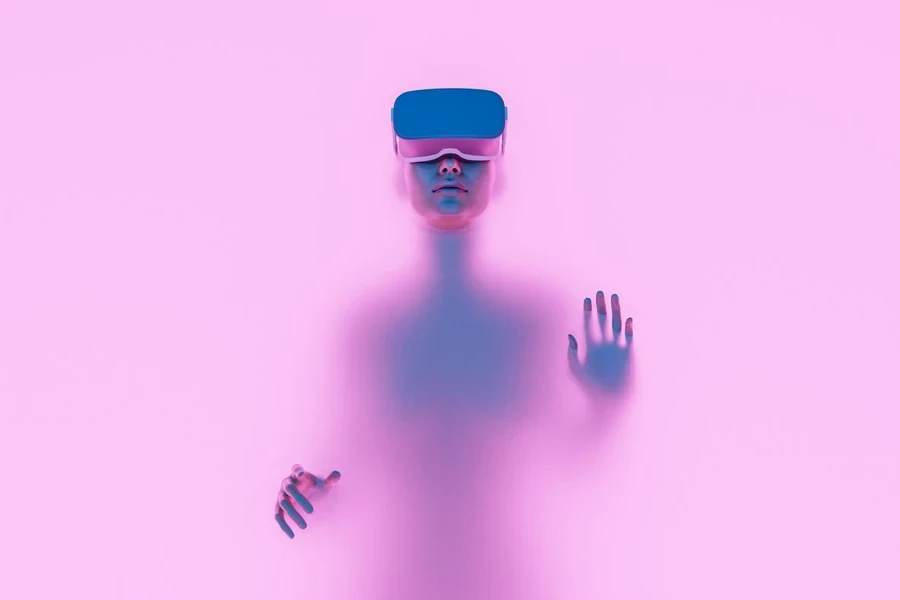
Collaborative Opportunities
The future of influencer marketing likely lies in the collaboration between digital and human influencers. Brands can leverage the strengths of both to create innovative and engaging campaigns. For example, a human influencer could interact with a digital persona in a virtual reality setting, combining the authenticity of the human with the technological appeal of the virtual character.
These collaborations can also help bridge the gap between traditional and digital marketing strategies. As noted by Emplifi, some brands are already experimenting with hybrid approaches, creating campaigns that feature both human and virtual influencers to appeal to a wider range of audiences.
Future Trends in Influencer Marketing
As technology continues to advance, we can expect to see more sophisticated integration of AI influencers in marketing strategies. According to projections cited by Shopify, the global AI influencer market is expected to grow from $4.6 billion in 2022 to $25.1 billion by 2032, indicating a significant shift in the influencer marketing landscape.
However, this growth doesn’t necessarily mean the decline of human influencers. Instead, we’re likely to see a more diversified influencer ecosystem where brands can choose from a range of options – from fully human to fully digital, and various hybrid models in between – to best suit their marketing objectives and target audience preferences.
The key to success in this evolving landscape will be understanding the unique strengths of each type of influencer and strategically deploying them to create maximum impact and engagement.
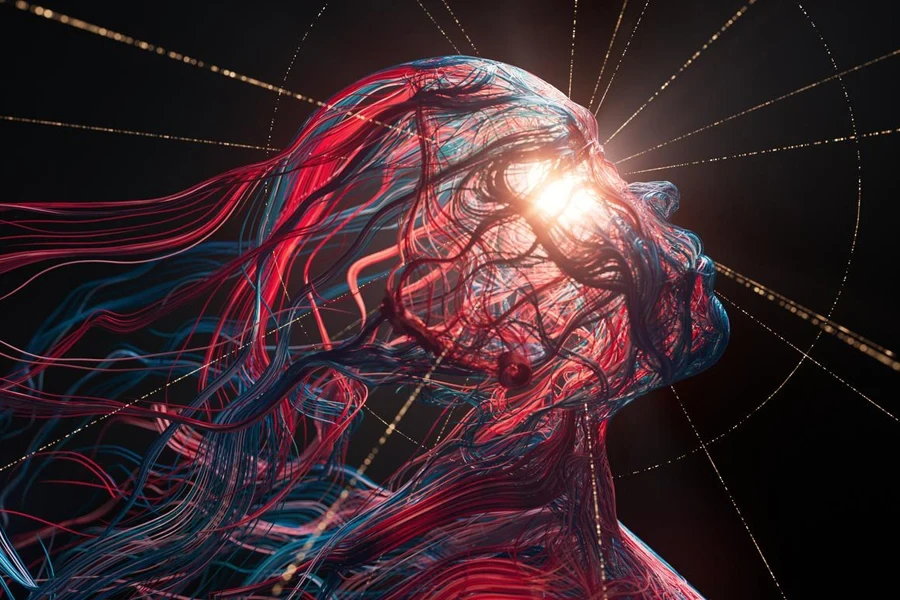
Case Studies: Successful Digital Persona Influencer Campaigns
- Lil Miquela for Calvin Klein
Lil Miquela, one of the most well-known digital influencers, partnered with Calvin Klein for a controversial but highly engaging campaign. According to Shopify, Lil Miquela has over 3 million Instagram followers and has worked with luxury brands like Prada. In the Calvin Klein ad, she was shown kissing model Bella Hadid, sparking conversations about representation and authenticity in advertising. This campaign demonstrated how digital influencers can generate buzz and provoke thought-provoking discussions around brand messaging.
- Imma for IKEA
Imma, a digital influencer with 388,000 Instagram followers, collaborated with IKEA Japan for an innovative campaign. The virtual model was integrated into a real IKEA store setting, blending the digital and physical worlds. This campaign showcased how digital influencers can be used creatively to bridge online and offline experiences, attracting attention to brick-and-mortar locations while maintaining a strong social media presence.
- KFC’s Virtual Colonel Sanders
KFC took a unique approach by transforming its iconic mascot, Colonel Sanders, into a virtual influencer. The digital Colonel appeared on KFC’s Instagram, showcasing a trendy lifestyle while promoting the brand’s products. This campaign demonstrated how established brands can refresh their image and appeal to younger audiences by embracing digital persona marketing.
These case studies highlight the versatility and potential of AI influencers in marketing campaigns. They show how virtual characters can be used to generate buzz, foster customer relationships, blend online and offline experiences, and revitalize brand images. As technology continues to advance, we can expect to see even more innovative uses of AI influencers in future marketing strategies.
The Future of AI Influencers
As we look ahead, the landscape of AI influencers is poised for significant evolution and growth. Here are some key trends and predictions for the future:
Advancements in AI and Technology
The rapid progress in artificial intelligence, computer-generated imagery (CGI), and natural language processing will lead to even more realistic and interactive digital personas. According to Rhythm Agency, we can expect AI-generated influencers to engage with followers in real-time through AI-driven conversations, fostering deeper connections and personalized engagement. This advancement will blur the lines between human and virtual influencers even further.
Integration with Virtual and Augmented Reality
As the metaverse concept gains traction, AI influencers are perfectly positioned to become brand ambassadors in virtual spaces. They will likely inhabit virtual reality (VR) environments, providing brands and audiences with immersive experiences for interaction and connection. This blend of AI and VR will redefine digital storytelling and marketing strategies.
Collaboration Between Human and Virtual Influencers
Rather than replacing human influencers entirely, we’re likely to see more collaboration between digital and human influencers. This hybrid approach could combine the authenticity of human influencers with the technological appeal and versatility of virtual characters.
Expansion Beyond Social Media
While social media will remain a primary platform for AI influencers, we can expect to see them expand into other areas such as e-commerce, customer service, and even education. Their ability to provide personalized experiences and 24/7 availability makes them valuable assets across various industries.
Data-Driven Insights and Personalization
As AI technology advances, AI influencers will become more adept at analyzing user data and providing highly personalized content and recommendations. This level of customization could lead to more effective marketing campaigns and stronger connections with audiences.
Conclusion
The rise of AI influencers marks a significant shift in the landscape of social media marketing. These AI-powered virtual characters offer unique advantages such as 24/7 availability, brand consistency, and cost-effectiveness, while also presenting challenges related to authenticity and ethical considerations. As technology continues to advance, we can expect to see even more sophisticated and integrated uses of digital personas in marketing strategies.
The future of influencer marketing likely lies in a balanced approach, leveraging the strengths of both digital and human influencers to create innovative, engaging campaigns that resonate with diverse audiences. As brands navigate this evolving terrain, it will be crucial to maintain transparency, address ethical concerns, and focus on creating genuine connections with their audience, regardless of whether the influencer is human or virtual.
